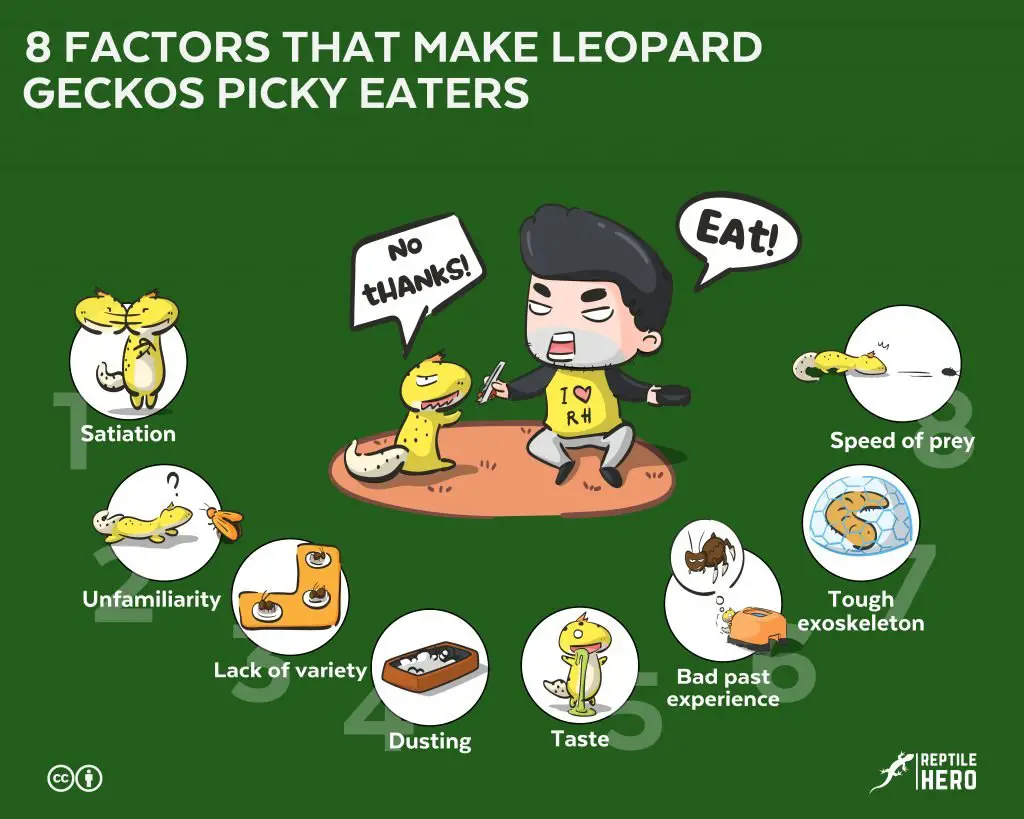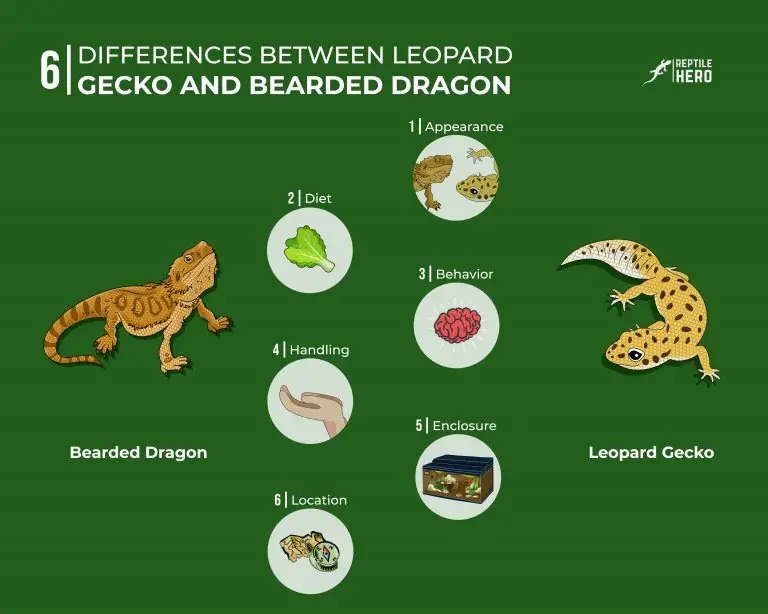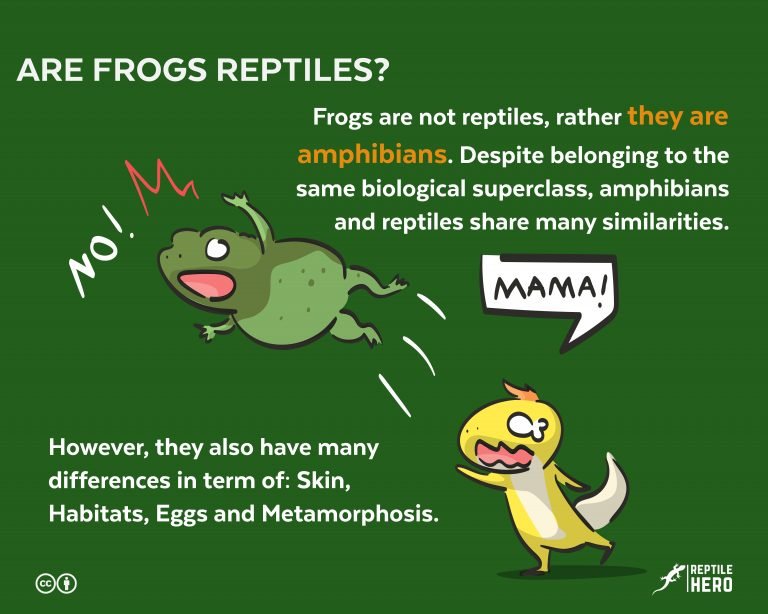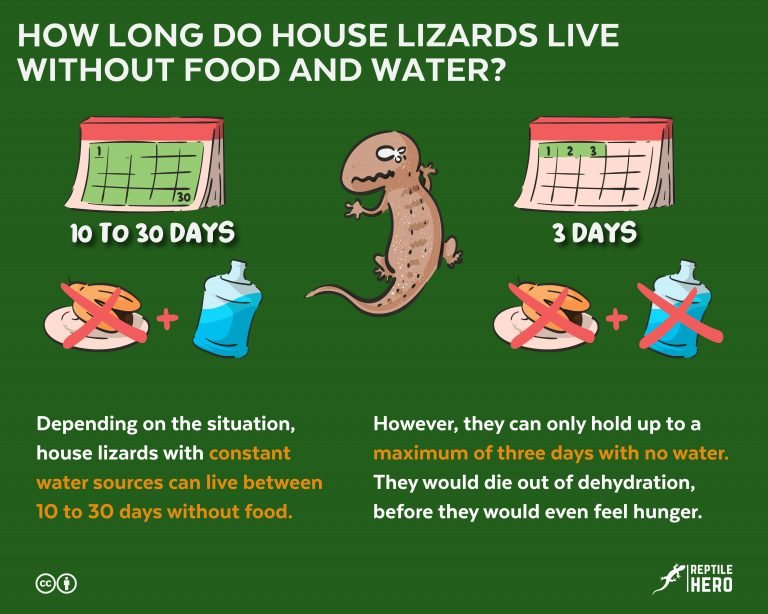Picky Eater Leopard Geckos – How To Feed it [8 Solutions]
The golden rule when it comes to feeding leopard geckos and most other reptiles is to provide a variety of feeder insects. However, this is easier said than done, especially with terribly fussy eaters that have been spoiled by their pet parents. But why does this happen and what is a worried owner supposed to do?
The average leopard gecko may become a picky eater due to 8 reasons:
- Satiation
- Unfamiliarity
- Lack of variety
- Bad past experience
- Dusting
- Taste
- Tough exoskeleton
- Speed of prey
It’s not inherently a problem for geckos to have preferences. Nevertheless, pickiness can be resolved by the owner.

Some people claim that their leopard geckos are so picky they would rather go on hunger strikes than eat a feeder that isn’t their favorite. Are such cases actually as hopeless as people claim or can pet parents do something about their fussy leos?
To make a picky leopard gecko eat again, the following 8 strategies are often adopted with great success:
- Decrease feeding sessions
- Mix familiar and unfamiliar feeders
- Introduce variety
- Desensitize gradually
- Reduce supplements
- Use fatty insects as coating
- Pick freshly molted feeders
- Increase or inhibit prey movement
Factors That Make Leopard Geckos Picky Eaters (+ Tips)
Let’s be honest here, with all the food options we have, we have a tendency to become incredibly fussy eaters. So it should not come as a surprise to us when our precious little leopard geckos start showing preferences for certain feeder insects as well – especially since they are spoiled for choice in our care. Although this is not necessarily a problem, a pet parent needs to determine why their pet has become picky to resolve the issue.
#1 – Satiation
In general, a leopard gecko can become a picky eater if not very hungry. Although geckos are naturally opportunistic predators, the stable supply of insects given by owners ensures that they never starve. This means that a gecko can become more finicky with insects.
By nature, leopard geckos and most other reptiles currently kept as pets are opportunistic predators [1]. As a matter of fact, wild leopard geckos will eat just about anything as long as it is available and edible. They have even been documented to eat scorpions, thread snakes, newborn mice (pinkies), and baby birds that are a few days old (nestlings).
Of course, such food items are not part of our captive-bred pets’ diet because there are safer, better, and more nutritious feeder insects readily available for our leopard geckos. This includes insects such as black soldier fly larvae, crickets, grasshoppers, roaches, silkworms, and even treats.
Because gecko owners normally stick to a strict feeding schedule, leopard geckos are continuously offered food even when they are not hungry and have more than enough fat and energy stored in their bodies. Despite being full, they may still continue eating – but only their favorite insects. This also explains why leopard geckos are often obese.
More often than not, pet parents of leopard geckos are also extremely reluctant to let their geckos go without food for a couple of days in fear of letting their geckos go hungry. I have met so many well-meaning pet parents who struggle with feeding leopard geckos that have become picky as a result of overfeeding.
Solution
Help your gecko develop a healthy appetite by lengthening the interval between its feedings. Remember that geckos generally have less infrequent feeding sessions as they grow older.
| Leopard Gecko Age (Months) | Frequency of Feeding (Days per week) |
| Hatchlings (-4) | 7 |
| Juvenile (4-18) | 3-7 |
| Adults (18+) | 1-3 |
Use the table as a reference for creating a feeding schedule for your own gecko. If a juvenile starts being picky after getting fed every single day of the week, reduce feedings to only 3 days per week. Many pet parents, myself included, can testify that leos typically stop becoming picky when they are fed less often.
Some people have had success doing this gradually, which is what I have personally done in the past. Others say it’s better to do it abruptly since there are times when food supply is normally quite scarce – non-existent, even – in the wild.
Either way, the most important thing to keep an eye on is your gecko’s weight. As long as your gecko maintains a healthy weight of more or less 55 grams and a good-sized tail, you have nothing to be guilty about. You will not be starving your geckos to death by doing this. But if you want to be extra careful, keep a weight log for your soft-scaled pets.

How many insects should a leopard gecko receive per feeding?
Similar to humans, pet leopard geckos have highly individualized eating habits and appetites. One leopard gecko could eat up to 20 small mealworms in one sitting, while another gecko of the same age and weight might only eat 5. A general rule would be to allow your leo to eat as many insects as it can within 15 minutes.
#2 – Unfamiliarity
Leopard geckos which have previously been given one or two-insect diets are more likely to be hesitant to try out new feeder insects, maintaining a preference for more familiar insects.
As previously mentioned, the relatives of our cute little geckos in the wild are ordinarily opportunists since they neither have a stable supply of food nor do they have much variety to choose from at all times. The latter situation could also present problems for captive-bred geckos.
In the past, it was not uncommon to find geckos that were put on diets which only consisted of one or two insects – regardless if they were live, dried, or canned.
Because there wasn’t much information for us to work with, people usually had to make do with what was available in their area, especially since having insects delivered directly to our doorstep wasn’t always an option before. As such, geckos could only eat what their owners had to offer.
Many years ago, the two most common choices in my area were mealworms and superworms, so our geckos grew accustomed to only those. Then when crickets and other staple prey were more commercially available, my friends and I had trouble getting our pets to try them out.
Solution
Whenever offering unfamiliar insects to your leopard gecko, introduce it alongside more familiar feeders. Start the introduction by giving your gecko with one unfamiliar gecko per feeding first. Then give it in increasing amounts to your gecko.
If your gecko is still refusing to eat unfamiliar prey after that, don’t lose hope just yet.
To get your leopard gecko more accustomed to new feeder insects, dust both the familiar and unfamiliar insects together in the same bag or container. By doing so, the scent of familiar insects will rub off onto the new ones and make them less intimidating.
Also, offer unfamiliar insects in the same way (e.g., bowl, tong, free, etc.) and in the same location as your gecko’s usual feeders so that your gecko starts associating them all together with mealtime.
Depending on your gecko, you may see improvements within just one week or it might take a couple, just don’t give up too quickly.
#3 – Lack of Variety
A leopard gecko that is kept on a diet that lacks variety may also start refusing to eat familiar insect feeders.
Even though this diet is pretty much the same as the one I discussed beforehand, the reason which could explain why your gecko has started becoming picky may actually be the total opposite.
It’s like how people are with food. Some people like to order the same meal from the same place every lunch break. But other people love to try out a new dish each time they visit a restaurant.
Just think about it. What if you were only given one thing to eat all day, every day? You could easily get sick and tired of it in just a matter of days. The same applies to our cold-bellied little companions’ food choices too.
A leopard gecko that has never had a problem with eating crickets for months on end may suddenly refuse to eat it altogether out of the blue. The allure of hunting crickets and other insects may wear off after some time since their movements have become predictable.
Solution
To avoid having your geckos refuse feeder insects it has never rejected before, make sure to continuously offer your gecko a wide variety of insects in one feeding and not just one type per session.
One of my friends in the UK, for example, makes sure that his geckos get at least 3 types of live feeders each mealtime. His geckos are both adults so he feeds them twice a week.
For the first feeding session, he would offer some mealworms, roaches, and silkworms. Then for the second and last session of the week, he gives them locusts, black soldier fly larvae, and superworms. He repeats this for two months then switches up the varieties again.
Aside from that, he also throws in treats like a few hornworms and/or waxworms once or twice a month.
#4 – Bad Past Experience
Many owners have observed that leopard geckos commonly ignore and/or avoid insects such as crickets after negative feeding experiences in the past. Such experiences include getting bitten, stung, and failing to capture them after lunging.
If you had ever had to hunt for food and got injured while trying to get it, you would probably look for something else to eat. However, if you have a very limited supply of food and that is among the only options you have, you will most likely end up trying to catch and eat it again.
The same is true for hardy native leopard geckos living in the semi-arid rocky grasslands of South Asia which have to weather through rough living conditions.
However, our baby leos definitely have it better in life. They ordinarily don’t have to exert much time and effort to eat. There is no uncertainty in the availability of food as well. Because of these factors combined, leopard geckos are usually spoiled rotten by pet parents, albeit unintentionally at times. Unfortunately, we are ultimately the ones who will suffer from overindulging them.
Pampered geckos are quite notorious for turning their noses up at insects like roaches and locusts which can be challenging to catch. I have even heard of leos brushing aside wriggly worms that are relatively easier to catch after just one incident of missing them.
Geckos could also completely go off certain insects once they have experienced being bitten or stung by these feisty critters. This reaction is totally expected precisely because leopard geckos are kept in highly controlled environments that pose little to no threat or harm to them. Thus, the slightest negative experience will be easy for them to remember.
Solution
Toughen up leopard geckos by repeatedly exposing them to the feeder insects it has had bad feeding experiences with. Ideally, the “bad” feeder insect should be presented alongside your gecko’s other prey in the vivarium, which is a safe and familiar place for your gecko.
Scientists refer to this tactic as desensitization – and yes, it has been used for different types of animals including reptiles [2,3].
I would advise you to give your gecko a couple of insects at a time instead of dumping all the insects in one go. This will help you keep a close eye on your baby and observe its reaction towards the “bad” feeder. You also won’t have to fret about them hiding in crevices and potentially harming your leos while it’s asleep and defenseless.
But if you are still anxious about your gecko being bitten or stung, you could also crush or cut the head off the insect and before offering it by tongs. It will keep moving for a few minutes.
#5 – Dusting
The supplements dusted onto live feeder insects before meals may result in decreased palatability of the feeders for leopard geckos.
Despite not being part of a leopard gecko’s natural source of nourishment, calcium and multivitamin powders are now recognized as essential dietary supplements that play a crucial role in keeping our leopard geckos in tip-top shape [3].
The problem is that not all leopard geckos easily and quickly develop the acquired taste for these normally strong, bitter, and metallic supplements. Some leos also seem to get put off by the smell.
Solution
In order to get your leopard gecko used to the taste and smell of calcium and multivitamin supplements, start off by only lightly coating half the total meal portion of your leopard gecko. Make sure to immediately feed this after dusting so that the insect doesn’t get to remove the powders covering its body.
You could also opt to slice up a couple of live feeder insects in half before gently pressing on each piece so that a bit of its juices spill out a bit. After that, dip each moist end in some supplements. By doing so, the taste and smell of the powders will be overpowered by the taste and smell of the feeder insects. This works less effectively with canned and dried insects.
To further entice your gecko to continue eating the prey despite their lack of movement, brush the supplemented juicy insect against your gecko’s lips with a tong so that it gets a taste.
Also, consider giving your leopard gecko its supplements separately in a small feeding bowl that’s more or less the size of a bottle cap.
#6 – Taste
When fatty feeders are given regularly instead of sparingly to leopard geckos, they often develop a preference for such high-fat insects (e.g., waxworms) over more nutritional-dense insects (e.g., roaches).
Certain insects are explicitly called treats for a reason – they’re tasty but not all that healthy. This is why most members of the reptile-keeping community are against giving leopard geckos fatty insects more than twice a month.
Generally speaking, fatty feeders used as treats are insects that have higher fat than protein content. This includes butterworms and waxworms.
Even though the palatability of fat-rich insects for geckos has not been specifically researched in great detail, there are studies which show that higher fat content can make food more palatable [4].
In fact, fatty food has been linked to displays of addiction-like symptoms in both humans and animals. This theory could explain why some leopard geckos owners have observed similar behavior in geckos, where they refuse to eat anything but waxworms or any other incredibly fatty insect.
Solution
Crush up one piece of your gecko’s favorite fatty feeder insect and lather that around healthier insects (e.g., roaches, crickets, etc.) so you can coax your leopard gecko to eat it.
Individually coating all the prey evenly with the fatty feeder paste by hand or using tongs can prove to be a troublesome and messy task.
So you could instead place all the feeder insects in a resealable plastic bag with the paste and shake it around – just like you would when dusting regular feeders with powdered supplements. Decrease the fatty coating as time goes by so your gecko can start eating staple insects as is, plain.
Avoid caving into feeding your leo with its favorite fatty feeder too quickly, many new keepers end up doing this. However, letting your gecko eat that feeder after refusing several others may do more harm than good.
It could result in your leopard gecko forming an association between prolonged avoidance of less preferred prey and the eventual presentation of their favorite juicy prey.
#7 – Tough Exoskeleton
Leopard geckos may experience difficulty with ingesting and digesting mealworms live feeder insects with high chitin content in their exoskeletons. Hence, they may avoid eating it in the future.
Certain insects, mealworms in particular, ordinarily have harder exoskeletons compared to most other staple feeders because their protective outer shells are rich in chitin [5].
Most leopard geckos seem to be relatively unaffected despite regularly consuming a few live feeder insects with considerably solid armors.
Leos don’t usually have negative hunting experiences with mealworms. By negative, I mean getting attacked by insects or missing their aim.
However, I have heard many stories from friends and acquaintances about leopard geckos avoiding mealworms after just having one firm-bodied worm once. Some leos have experienced regurgitation, temporary impaction, and excretion of the undigested insect exoskeleton.
Solution

Whenever feeding a picky leopard gecko with a solid-skinned live feeder insect, such as mealworms and superworms, select a worm that has only recently finished molting its exoskeleton.
Freshly molted worms are commonly softer and easier for leopard geckos to digest [6]. They are also paler in color – closer to white than yellow-tan – and much more translucent in appearance.
#8 – Speed of Prey
Overall, live feeder insects that are either too slow or too fast are not considered as good prey choices by leopard geckos.
As you may have noticed, whether from personal experience or not, leos will more often than not completely disregard insects that are extremely slow, unmoving, or dead. This is because the predatory instincts of leopard geckos are triggered by the steady movement of their prey [1, 7].
If, on the other hand, the live feeder insect is too quick to jump, fly, and crawl, a leopard gecko may opt to look for other insects within its line of sight that are much easier to run after and seize.
Remember, leopard geckos are typically wait-and-ambush predators. As the name suggests, they don’t actively run around hunting grounds because they have to conserve their energy by minimizing their own movements. They will closely watch their target before finally diving in for the kill.
Solution
Trick your gecko into eating dead or slow insects by making it move around. Catch their attention with movement, wave it around while making sure your gecko has taken notice of it. You could use a tong or your bare hands to do this.
Conversely, if the feeder insects are too fast for your gecko to catch you can handicap the insects to slow them down.
Easy ways to handicap a fast feeder includes placing them in an escape-proof feeding dish (here on Amazon), cutting off its hind legs and/or wings, as well as placing them on their backside.
5 Bonus Tips for Feeding Picky Crested Geckos
The previous solutions are applicable for most gecko species, regardless of their specific diets, since insects do comprise a large part of these animal’s diets in the wild and in captivity. However, frugivorous geckos such as cresties can be equally picky with non-insect food items such as meal-replacement powders and pastes.
Here are 5 simple ways to get picky crested geckos to eat less preferred food items:
- Add a drop of something sweet (e.g., honey, coconut water) to stimulate appetite.
- Let the slurry mix sit for at least one minute before serving for a thicker consistency.
- Offer food Items (both insects and meal-replacement products) in rotation for variety.
- Mix favorites with different flavors and/or brands to avoid wastage.
- Blend in small amounts of treats (e.g., homemade smoothies) for improved palatability.
When Does Pickiness Become a Serious Problem in Geckos?
All things considered, pickiness is considered a normal part of a pet gecko’s usual eating habits and behavior. Having a picky eater only becomes a pressing issue when geckos start displaying other abnormal signs and symptoms which may point to a more serious underlying issue.
Gecko owners don’t really need to worry much about having a gecko that is a picky eater, as long as all its needs are properly met and husbandry practices are kept updated.
As long as the gecko’s enclosure is properly set up, heating and lighting are provided, a feeding schedule is followed, dietary supplements are given, a stable weight range is maintained, and its level of activity stays the same, you’re all good. Just give it more time and try out all the suggestions I have mentioned previously. It will start eating again when it starts feeling hungry enough.
Pickiness only becomes a serious problem for your gecko’s overall well-being if it starts displaying one or more of the following common symptoms of illness in reptiles [8]:
- Lethargy
- Rapid weight loss
- Diarrhea
- Constipation
- Increased hiding
- Swelling
- Atypical posture/movement
- Weakness
These signs can point to a multitude of different conditions – including dehydration, fatty liver disease, metabolic bone disease, and stick tail disease – that have varying levels of prognosis. It will be hard to rule out what condition your gecko may be suffering from without the expert opinion of a professional.
Once your precious gecko exhibits any of the aforementioned symptoms, immediately get in contact with your local exotic veterinarian to set up an appointment. Collecting a sample of your gecko’s droppings before visiting the clinic is also advisable so you can have a fecal exam done.
Takeaways
A leopard gecko may start becoming a picky eater because of 8 reasons: it is still satiated, the feeder is unfamiliar, lack of variety, negative feeding experience, supplements used in dusting, taste and palatability of insect, hardness of prey exoskeleton, and speed of its prey.
Experienced keepers were able to get their picky leopard geckos to eat by doing the following: decreasing feeding sessions, mixing familiar and unfamiliar feeders, introducing variety, desensitizing gradually, reducing supplements, using fatty insects as coating, picking freshly molted feeders, and either increasing or inhibiting prey movement.
Though the causes for pickiness in geckos are not normally related to a severe ailment or problem, it is better to address them so that geckos can maintain a nutritious and varied diet.
When pet geckos start showing other abnormal behaviors and signs, it is recommended for owners to promptly seek the help of a veterinarian that specializes in the care of exotic animals like reptiles.
Sources
[2] https://www.vetexotic.theclinics.com/article/S1094-9194(12)00051-5/pdf
[3] https://www.sciencedirect.com
[4] https://www.ncbi.nlm.nih.gov/pmc/articles/PMC6893421/
[5] https://books.google.com.ph/books?id=4gBRDwAAQBAJ&pg
[7] https://www.jstor.org/stable/1564162
[8] https://www.msdvetmanual.com/all-other-pets/reptiles/disorders-and-diseases-of-reptiles

![The 5 Reasons Why Do Your Geckos Jump [and 5 Precautions]](https://www.reptilehero.com/wp-content/uploads/2022/01/why-geckos-jump-cc-768x614.jpg)


![Can You Have a Gecko and a Cat Together? [Yes, But…]](https://www.reptilehero.com/wp-content/uploads/2021/11/Gecko-and-cat-together-cc-768x614.jpg)


